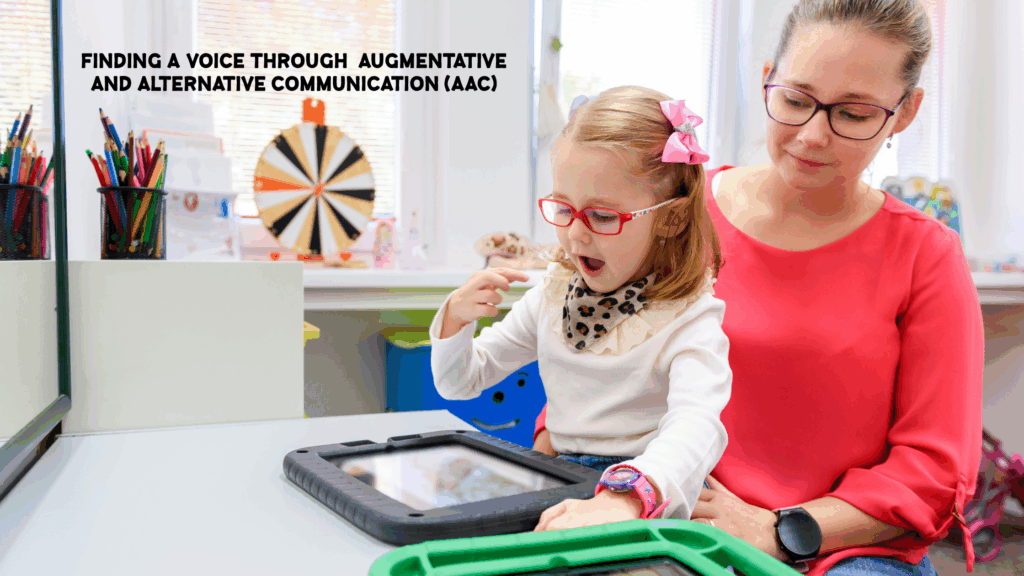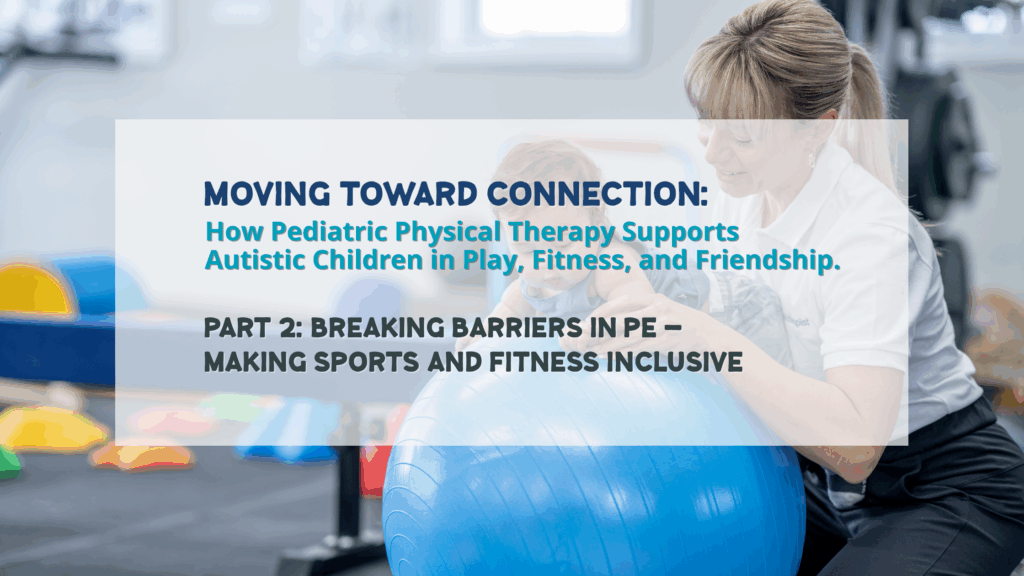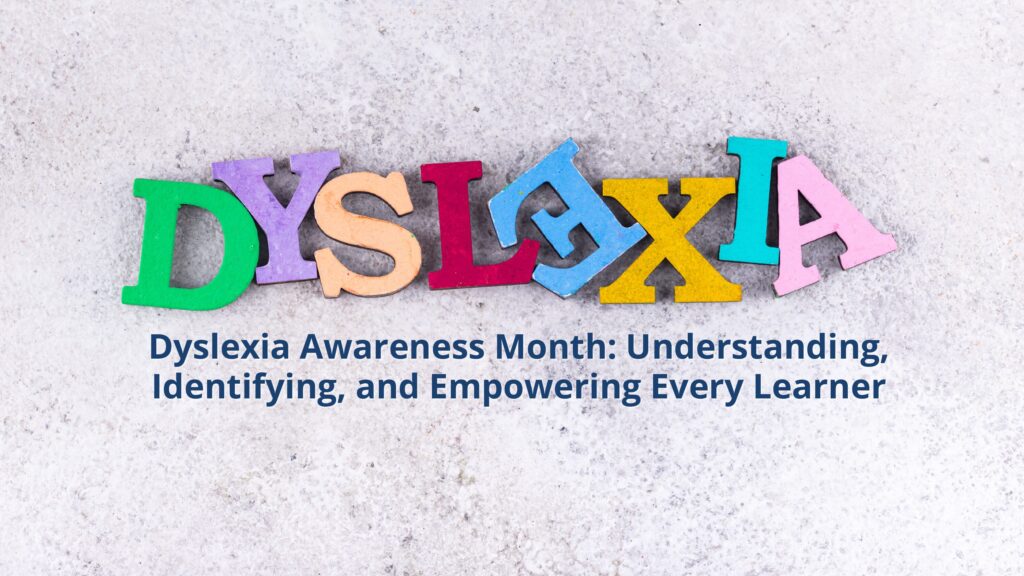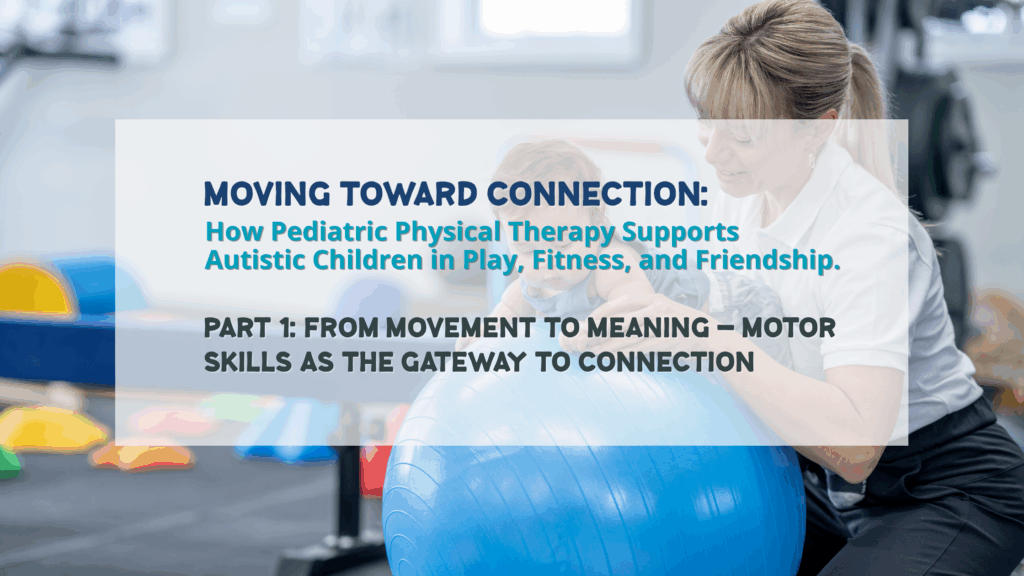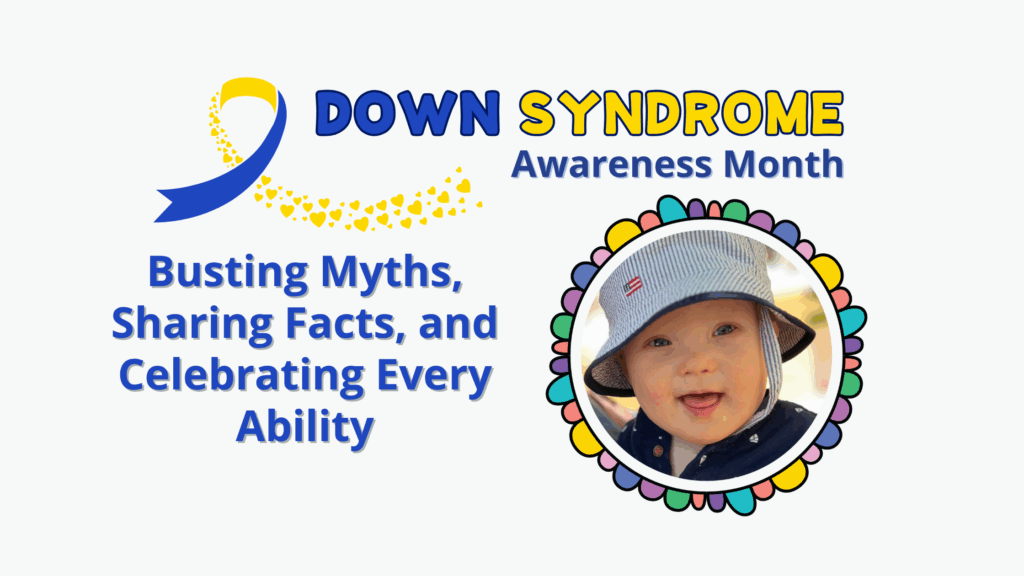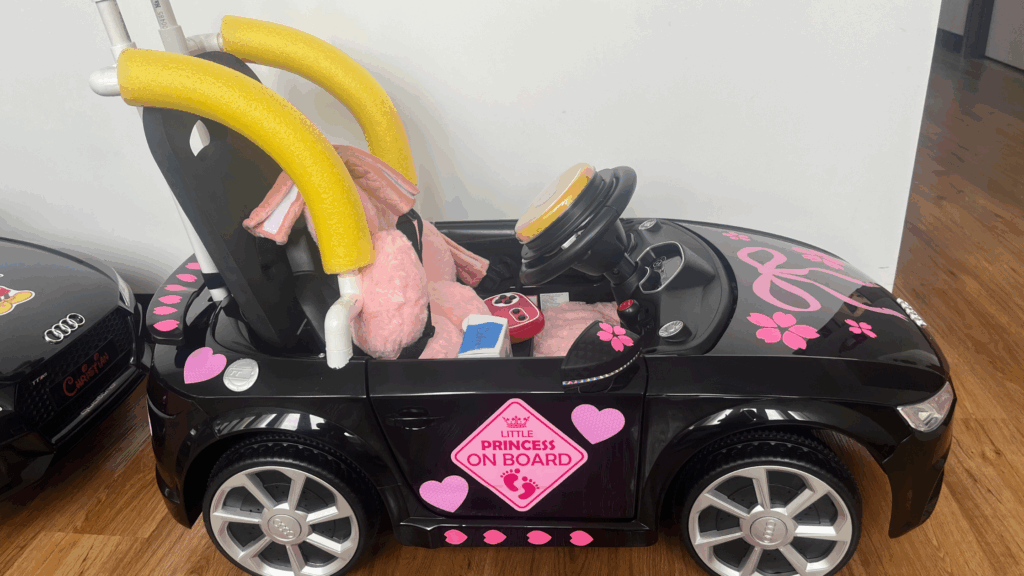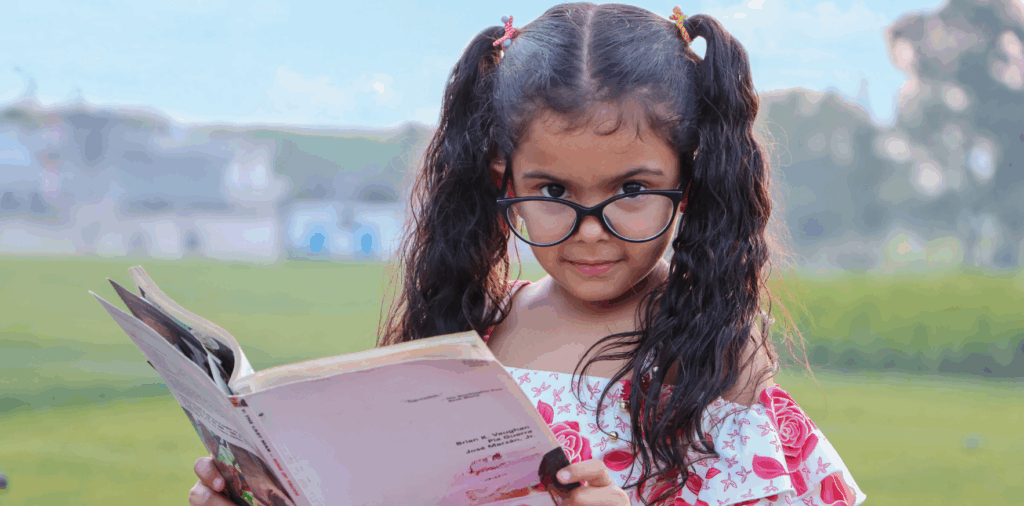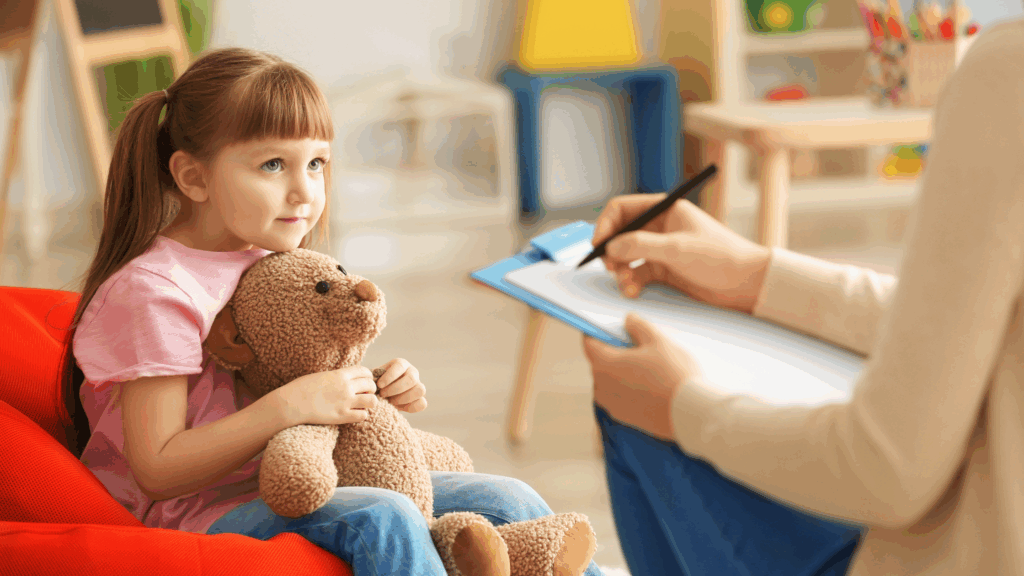Halloween is a time of excitement for many children, filled with costumes, candy, and fun activities. However, for children on the autism spectrum, Halloween can sometimes be overwhelming due to sensory sensitivities and unexpected changes in routine. With some planning and awareness, you can ensure your child has a safe, enjoyable, and stress-free Halloween.
Understanding Sensory Challenges in Children with Autism
Sensory processing differences are common among individuals with autism and can make certain experiences overwhelming. Sensitivities to lights, sounds, textures, tastes, or smells can cause discomfort and may even trigger meltdowns. The Diagnostic and Statistical Manual of Mental Disorders (DSM-5) includes sensory processing differences as part of the diagnostic criteria for Autism Spectrum Disorder (ASD).
Children with autism may experience hypersensitivity (over-responsiveness) or hyposensitivity (under-responsiveness) to sensory input. They might also have challenges with proprioception (awareness of body position) or interoception (awareness of internal body cues like hunger or pain). Understanding your child’s sensory sensitivities can help you plan a successful Halloween experience.
Tips for a Sensory-Friendly Halloween
- Preview Halloween Decorations and Activities:
- Introduce your child to Halloween decorations gradually. Take them on a daytime walk around your neighborhood to see the decorations from afar.
- You can also show them videos or read books about Halloween to familiarize them with what they might see and hear.
- Create a Sensory-Friendly Environment:
- Avoid overwhelming environments with flashing lights, loud sounds, or crowded spaces. Consider hosting a small Halloween gathering at home or visiting sensory-friendly events often organized by local community centers or autism support organizations.
- Check with local sensory-friendly events such as “Trunk or Treat” or inclusive Halloween events that offer accommodations for children with sensory sensitivities.
- Choose Comfortable Costumes:
- Select soft, breathable costumes made of cotton or other sensory-friendly fabrics. Onesies, pajamas, or simple DIY costumes can be a great option.
- Avoid costumes with tight or scratchy materials, masks, or accessories that may cause discomfort. If your child is uncomfortable in a full costume, consider themed t-shirts or familiar clothing with Halloween colors or designs.
- Practice Trick-or-Treating:
- Practice trick-or-treating at home or with close family and friends to help your child become familiar with the process. Role-playing can reduce anxiety and increase comfort by saying “trick-or-treat” and interacting with others.
- Consider using a visual schedule or social story to explain the sequence of Halloween events, helping your child understand what to expect.
- Monitor Sensory Overload:
- Have a plan for breaks if your child becomes overwhelmed. Create a code word or signal your child can use to indicate when they need a break or feel uncomfortable.
- Bring noise-canceling headphones, sunglasses, or a favorite sensory tool to help your child manage sensory input in stimulating environments.
- Consider Alternative Activities:
- If traditional trick-or-treating is too overwhelming, consider alternative activities such as a Halloween scavenger hunt, pumpkin decorating, or a sensory-friendly movie night.
- Many online platforms offer virtual Halloween parties or sensory-friendly Halloween events, allowing your child to participate from the comfort of home.
Sensory-Friendly Costume Ideas
With these guidelines in mind, it’s time to focus on the fun part—choosing sensory-friendly costumes that are creative, enjoyable, and comfortable for your child, helping to prevent meltdowns or overstimulation!
Here are some options you can explore:
- Harry Potter Characters: Long, flowy robes. Oversized, comfy wizarding house scarves. A strong fiber that is breathable and relaxing. An iconic look from one of the most beloved children’s book series of all time. Dress your child up as Hermione Granger, Newt Scamander, or the Boy Who Lived Himself for a magical and sensory-safe Halloween!
- Mario Bros.:One of the most well-known video game franchises of all time, the Halloween costumes are made of comfortable, soft material that’s both comfortable to wear and fun. However, the accompanying stick-on mustache might present some sensory problems, so do without it if necessary.
- Disney Characters: Kids all come clamoring to dress up like the characters from their favorite Disney movies they grew up with, whether it’s Disney princesses like Moana and Sleeping Beauty or classic villains like Jafar and Maleficent. Best of all – they’re made with sensory-friendly polyester fabric and rarely, if ever, include masks!
- Comfortable Onesies and One-Piece Costumes: If commercial costumes aren’t your thing, a kids’ onesie costume is a surefire way to dress your child with autism in a way that’s cute, fun, and safe. Animal onesies are fluffy, comfortable, and just adorable. Go for a onesie like a panda bear, a cat, or a dinosaur.
- Superheroes: Choose comfortable superhero pajamas or t-shirts featuring your child’s favorite characters.
- Animal Onesies: Soft, comfortable onesies like pandas, cats, or dinosaurs provide a fun, sensory-friendly option.
- Familiar Outfits: Allow your child to dress up as a favorite character from a TV show, book, or movie they enjoy, using clothes they are already comfortable with.
- DIY Costumes: Get creative with DIY costumes made from familiar, soft fabrics. For example, a simple black t-shirt and tutu can transform your child into a cat or bat.
Sensory-Friendly DIY Costume Ideas:
If all else fails, you can always make your sensory-friendly costume at home! A quick look through our Pinterest board can inspire creative and fun ideas for easy-to-assemble costumes, such as animals, pirates, fairies, or even professionals!
DIY Costume Ideas to get you started:
- Where’s Waldo Costume: Visit any store or look online for a red and white striped shirt with a matching beanie, and presto—you have a low-key Where’s Waldo costume!
- Ballerina: All you need is a tutu, leotard, tights, and flats!
- Thing 1 and Thing 2 from The Cat in the Hat: All you’ll need are two red shirts, some iron-on felt, a pen marker, and two blue wigs (or colored hair chalk). If your child doesn’t have anybody to dress up with, consider dressing up with them!
- Animals: Attach ears and whiskers to make a cat, add a tail for a monkey, or add spines for a dinosaur. Don’t forget to add face paint for the final touches!
The possibilities are endless, and the only limitations are the ones in your imagination!
Resources for Families
- Sensory-Friendly Halloween Events: Many organizations and communities now offer sensory-friendly Halloween events. Check out local autism support groups, libraries, or community centers to find inclusive celebrations near you.
- Print Cards to Hand Out While Trick or Treating: If your child has limited and/or unreliable verbal speech, you can print out the card below to help support their social interactions while trick-or-treating. Reducing verbal demands may be helpful.
Final Thoughts
Halloween should be an enjoyable experience for all children, including those on the autism spectrum. By understanding and respecting your child’s sensory needs, you can create a Halloween that is fun, safe, and filled with positive memories. Remember, it’s okay to adapt traditions or create new ones that work best for your family.
If you’re looking for additional support, our Autism Navigator program provides resources and guidance tailored to help autistic children thrive in all aspects of life, including holidays. Contact us today to learn how we can help your child experience Halloween and other holidays in a way that suits their unique needs.
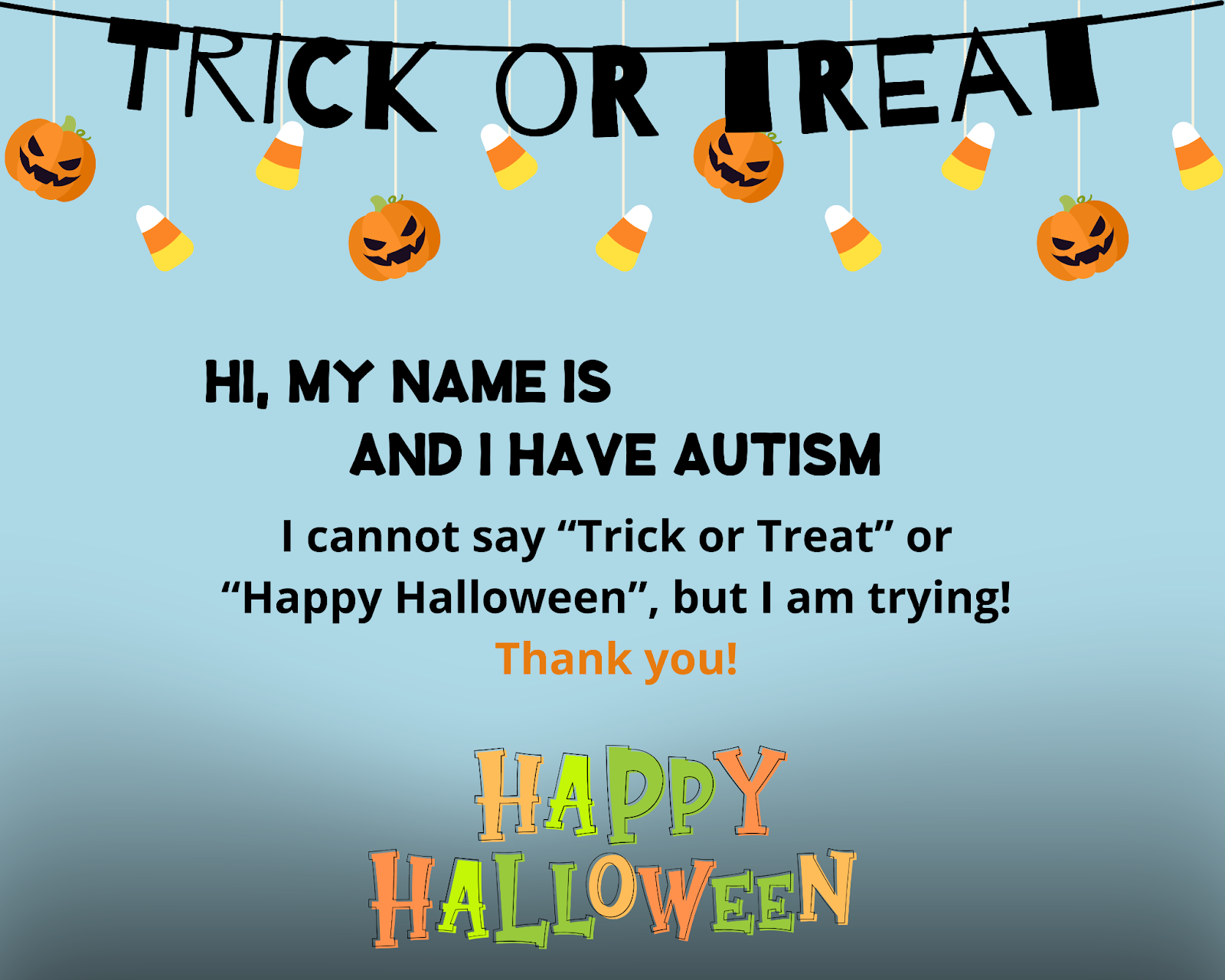

Disclaimer: Always consult with a qualified professional regarding sensory issues or other concerns related to your child’s autism. This blog is meant for informational purposes and is not a substitute for professional advice.

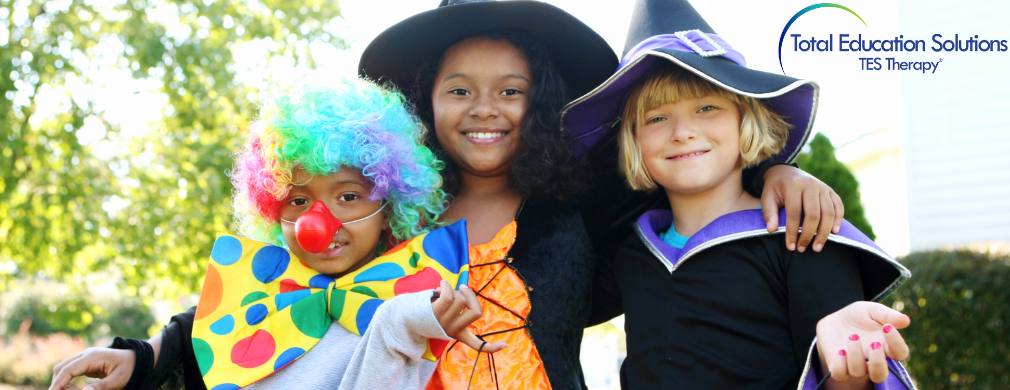
 10 Oct 2024
10 Oct 2024 